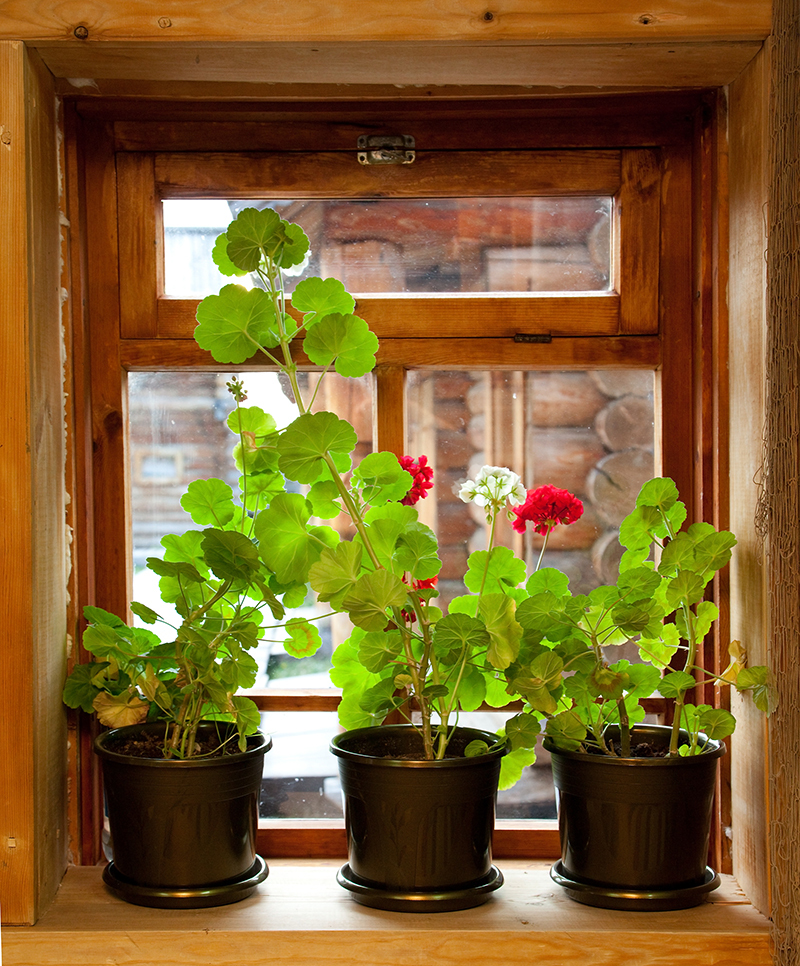Flowers have been revered for centuries, not only for their beauty and fragrance but also for their symbolic gestures in various cultures. Preserving flowers has become an art form that allows us to hold onto the memories tied to these blooms. Whether it's a wedding bouquet, a gift from a loved one, or just a collection of wildflowers, drying and pressing flowers can help you keep these memories alive. This article will explore different methods and tips for drying and pressing flowers to ensure your bouquet remains as beautiful as the day you received it.
Why Preserve Flowers?
Flowers help commemorate special occasions, symbolize emotions, and even add a touch of nature to home decor. The ephemerality of fresh flowers, however, poses a challenge for those who wish to keep their beauty a bit longer. Drying and pressing flowers offer a way to extend their lifespan, making them ideal for keepsakes, artwork, and personalized gifts.

Methods of Drying Flowers
There are several methods you can use to dry flowers. Each has its own set of pros and cons, and the choice often depends on the type of flowers you're working with as well as your intended use for the dried blooms.
Air Drying
Air drying is one of the oldest and simplest methods to preserve flowers and is best suited for bouquets and larger blooms like roses and lavender.
1. Gather Materials: You'll need string or rubber bands, a coat hanger or drying rack, and a dark, dry space.
2. Preparation: Cut the stems to your desired length, remove any excess foliage, and tie the flowers into small bundles.
3. Hanging: Hang the flower bundles upside down in a dark, dry space that has good air circulation. A closet or attic works well.
4. Duration: The drying process typically takes two to three weeks. Once the flowers are completely dry, they will feel crispy to the touch.
Silica Gel Drying
This method is ideal for preserving the shape and color of flowers like dahlias and zinnias, which can be challenging to air dry.
1. Gather Materials: You'll need silica gel (available at craft stores), an airtight container, and a paintbrush.
2. Preparation: Trim the flower stems to approximately one inch.
3. Burial: Place a layer of silica gel at the bottom of your container. Arrange the flowers on this layer, then carefully pour additional silica gel over the flowers until they are completely covered.
4. Sealing: Seal the container and leave it in a cool, dry place for one to two weeks. Use a paintbrush to carefully remove the flowers from the silica gel once they are dry.
Microwave Drying
Microwave drying is a quicker alternative and works well for most flowers but requires careful attention to avoid damage.
1. Gather Materials: You'll need silica gel, a microwave-safe container, and a microwave.
2. Preparation: Place a layer of silica gel in the container, then arrange your flowers on top. Cover them gently with more silica gel.
3. Processing: Microwave on medium heat for short durations (30 seconds to 1 minute). Check the flowers regularly.
4. Cooling: Once they are dry, allow the container to cool in the microwave before removing the flowers.
Methods of Pressing Flowers
Pressing flowers is another popular method, especially for those interested in crafting or decorative projects like scrapbooking. The pressed flowers can be used in a variety of ways, from framing to making personalized cards.
Traditional Book Method
This is perhaps the most accessible method, as it only requires a heavy book and some absorbent paper.
1. Materials: You'll need a heavy book (an old textbook works well) and absorbent paper like parchment or blotting paper.
2. Preparation: Place each flower between layers of absorbent paper. Make sure the flowers are spread out and not overlapping.
3. Pressing: Place the flowers in the center of the book and close it. Add more books or a heavy object on top to increase pressure.
4. Duration: Leave the book undisturbed in a dry area for about two to three weeks.
Wooden Press
For more serious flower pressing, a wooden flower press provides even pressure and quicker drying times.
1. Materials: You'll need a wooden flower press, cardboard, and absorbent paper.
2. Preparation: Arrange the flowers between layers of absorbent paper and cardboard.
3. Pressing: Tighten the screws of the press so that it applies even pressure to the layers.
4. Duration: Depending on the type of flowers and humidity levels, the drying process could take one to three weeks.
Microwave Flower Press
Similar to microwave drying, this is a faster alternative to traditional pressing but requires careful monitoring.
1. Materials: You'll need a microwave flower press and absorbent paper.
2. Preparation: Place the flowers between layers of absorbent paper within the press.
3. Processing: Microwave on medium heat for short durations (30 seconds to 1 minute), checking frequently.
4. Cooling: Allow the press to cool down before opening it to remove the flowers.

Tips for Effective Drying and Pressing
When it comes to drying and pressing flowers, small details can make a big difference in the final quality of your preserved blooms. Here are some tips to ensure the best results:
Choose Fresh Flowers
The fresher the flowers, the better they will preserve. Avoid flowers that are starting to wilt or show signs of decay.
Avoid Direct Sunlight
Whether you're drying or pressing, keep your flowers in a dry, dark place to prevent colors from fading.
Maintain Consistent Pressure
For pressing flowers, make sure the weight or pressure applied is even. Uneven pressure can cause warping or incomplete drying.
Conclusion
Drying and pressing flowers not only allows you to preserve the beauty of your blooms but also keeps the memories associated with them alive. From air drying and silica gel drying to pressing flowers using various methods, there's a technique suitable for everyone. With a little patience and care, your preserved flowers can be as captivating as the day they were picked, providing lasting beauty and sentimental value to your home decor or craft projects.

